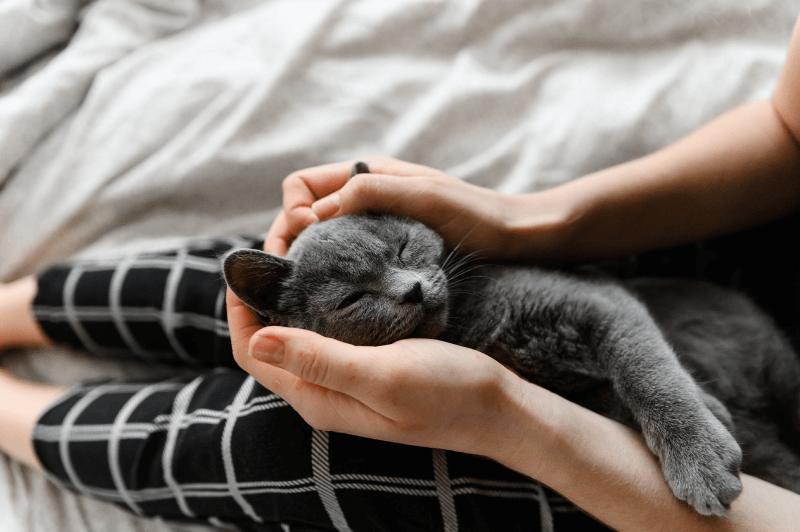Why Do Cats Purr? The Mystery Behind the Soothing Sound
If you’ve ever had a cat curl up on your lap and start to purr, you know how comforting that gentle hum can be. But have you ever wondered why cats purr? Is it always a sign of happiness—or is there more to the story?
Let’s unravel the mystery of the purr, from the science behind the sound to the surprising reasons cats use it.
The Science of the Purr
Purring is produced through a unique combination of neural and muscular magic. When a cat purrs, signals from the brain travel to the voice box (laryngeal) muscles, causing them to twitch rapidly—about 25 to 150 vibrations per second. These movements cause a sudden separation of the vocal cords during both inhalation and exhalation, resulting in the familiar rhythmic sound.
Unlike a meow, which is purposeful and brief, a purr is more continuous and often involuntary. Most domestic cats can purr, as well as some wild cats like cheetahs and bobcats, though lions and tigers (oddly enough) cannot—they roar instead.
Top Reasons Cats Purr
1. They’re Content and Comfortable
The most common reason a cat purrs is simple: they’re happy. Whether it’s while being stroked, cuddled in a warm blanket, or basking in the sun, purring is their way of saying, “Life is good.”
2. They’re Communicating With You
Purring can be a form of communication. Some cats develop a special type of purr—a higher-pitched, more urgent version—that they use specifically around humans. This “solicitation purr” mimics the frequency of a baby’s cry and is surprisingly effective at getting attention (and maybe a treat).
3. They’re Self-Soothing or in Pain
Here’s where things get interesting: cats also purr when they’re scared, injured, or even dying. It seems counterintuitive, but many experts believe purring may serve as a coping mechanism, releasing endorphins to reduce stress and pain.
4. They’re Healing Themselves
Studies suggest that the frequency of a cat’s purr—between 25 and 150 Hertz—has healing properties. These frequencies are known to promote tissue regeneration, reduce swelling, and even improve bone density. It’s theorized that purring evolved as a way to help cats heal faster, especially since they spend so much time resting and hiding when injured.
5. They’re Bonding With Others
Kittens start purring just a few days after birth. It helps them communicate with their mother—signaling they’re okay and helping to strengthen their bond. Adult cats may continue this behavior in social situations to build trust and companionship, including with their human family.
A Multifunctional Melody
Purring is more than just a cute quirk. It’s a complex, multifunctional behavior that serves emotional, social, and even medical purposes. While it’s often a sign of pleasure, don’t ignore the context—purring can also signal that your cat is stressed, in pain, or seeking comfort.
So next time your cat starts to purr, take a moment to tune in. Whether they’re saying “I love you” or “I need you,” one thing’s for sure—it’s a sound that connects us to our feline friends in the most soothing way possible.
Did You Know? Big cats like lions don’t purr—but cheetahs do! That’s because of differences in the bone structure around their larynx. So while Simba might roar with power, your house cat hums with healing.


